So, your child needs to learn to write letters but isn’t interested in workbooks. What can you do?
Worksheets are often boring for small children and there is no reason to stick with them if it is miserable for all involved.
Do things that are multi-sensory and fun instead!
Children who hate worksheets are probably not learning best from them and need a different approach for a while.
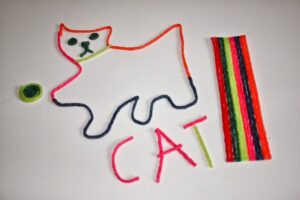 Try exploring how letters are formed by making them out of play dough, blocks, or Wikki Stix. Make the letter yourself and then let your child copy it. If that is too tricky, let them trace with their finger what you made. Let them feel it. Point out the places the letter is straight, curved, slanted, long, or short. Make it a game and take turns with your child finding those features and making letters.
Try exploring how letters are formed by making them out of play dough, blocks, or Wikki Stix. Make the letter yourself and then let your child copy it. If that is too tricky, let them trace with their finger what you made. Let them feel it. Point out the places the letter is straight, curved, slanted, long, or short. Make it a game and take turns with your child finding those features and making letters.
Take a step back if you need to.
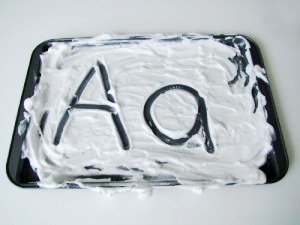 If your child has been writing for a while and can’t seem to remember how to form the letters, backing up and forming the letter with their index finger can provide great reinforcement. Put shaving cream on a tabletop and show your child how to draw on it. Don’t start with letters. Let her explore making shapes, feeling the shaving cream, and experiencing it. Then show her how to make the letter O. Be fun, let her try if she will. Make the O into an octopus, adding a face and 8 squiggly lines for legs. If your child enjoys the activity, repeat it often. Show her new letters each time. Just be sure you are forming the letter correctly yourself; top to bottom, lifting your finger to start a new line when appropriate.
If your child has been writing for a while and can’t seem to remember how to form the letters, backing up and forming the letter with their index finger can provide great reinforcement. Put shaving cream on a tabletop and show your child how to draw on it. Don’t start with letters. Let her explore making shapes, feeling the shaving cream, and experiencing it. Then show her how to make the letter O. Be fun, let her try if she will. Make the O into an octopus, adding a face and 8 squiggly lines for legs. If your child enjoys the activity, repeat it often. Show her new letters each time. Just be sure you are forming the letter correctly yourself; top to bottom, lifting your finger to start a new line when appropriate.
If your child isn’t into shaving cream, or you want to mix things up, other options include getting a large sheet pan and filling it with one of the following: dry oatmeal, cornmeal, sugar, lentils, salt, or dry rice. These materials provide for the sensory experience of feeling how the letters are formed and seeing them in a different way- letting your child truly experience them. Some children respond even better if they can use a small car to form the letters in this different way. Writing in these different ways can also be a new way to practice spelling words as your child grows.
These activities will help your child come to know how the letters are formed and how they feel. Do them in short sessions so your child doesn’t become tired and bored. That way they want to play again next time!
Writing, not drawing.
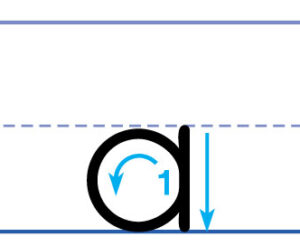 You want to set the stage for your child to learn to write the letters, not draw them. An example of drawing a letter is when a small child makes a circle and adds a line for “a”. As adults, that isn’t how we write it, and if they learn to draw it first then they have to relearn how to write it later. If you need a refresher on how to write letters and numbers correctly, I recommend the Handwriting Without Tears program. Both the Teacher’s Guides and Letters and Numbers For Me (the orange book) offer detailed explanations of how to form upper and lower case letters properly.
You want to set the stage for your child to learn to write the letters, not draw them. An example of drawing a letter is when a small child makes a circle and adds a line for “a”. As adults, that isn’t how we write it, and if they learn to draw it first then they have to relearn how to write it later. If you need a refresher on how to write letters and numbers correctly, I recommend the Handwriting Without Tears program. Both the Teacher’s Guides and Letters and Numbers For Me (the orange book) offer detailed explanations of how to form upper and lower case letters properly.
Time to write!
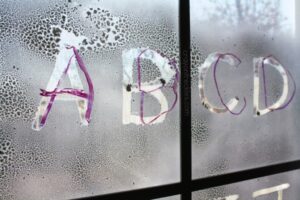 When your child is ready to use a marker, crayon, or pencil, find exciting ways to make letters. I like window markers or crayons because holding the markers up to write on a vertical surface encourages a proper pencil grip. Writing letters is also more enjoyable when your child is being allowed to write on something unusual—the window, door, mirror, or even the fish tank. Novelty goes a long way with children. Bathtub crayons also have a certain appeal for the child who enjoys a bath. My white refrigerator has been used as a drawing and writing surface with a washable marker many, many times.
When your child is ready to use a marker, crayon, or pencil, find exciting ways to make letters. I like window markers or crayons because holding the markers up to write on a vertical surface encourages a proper pencil grip. Writing letters is also more enjoyable when your child is being allowed to write on something unusual—the window, door, mirror, or even the fish tank. Novelty goes a long way with children. Bathtub crayons also have a certain appeal for the child who enjoys a bath. My white refrigerator has been used as a drawing and writing surface with a washable marker many, many times.
For similar reasons, sidewalk chalk can be a great way to mix things up. Most sidewalk chalk is very fat, however, causing small children to have to hold it in a fist, which is not ideal. Small chalk on a chalkboard is a better choice for encouraging pencil grip and making easy-to-erase letters.
For the child who is a perfectionist, writing in chalk or writing with dry-erase markers on a whiteboard takes away some of the stress. Don’t like a letter? It is gone in an instant, and the child does not have to look at it again. My daughter, who struggled with math, prefers to do practice problems on the whiteboard so she can get rid of a wrong answer quickly. Make sure your dry-erase markers are washable! Non-washable markers and children should never be combined. Ever.
Variety is key.
Most children do best with a variety of activities that make learning to write letters fun and interesting. Pick and choose from the ideas above to mix things up. With my own children, I like to do a sensory activity from above with a few letters, and then work on writing those same letters on paper. This helps to connect the multi-sensory experience and the feel of writing the letter at a normal size on paper. You should feel free, however, to do what seems to work best for your own child.
I hope these ideas make learning to write more fun at your house!
** Our business does receive a small percentage of sales made through links on this page to Amazon as part of the Amazon Affiliates program.



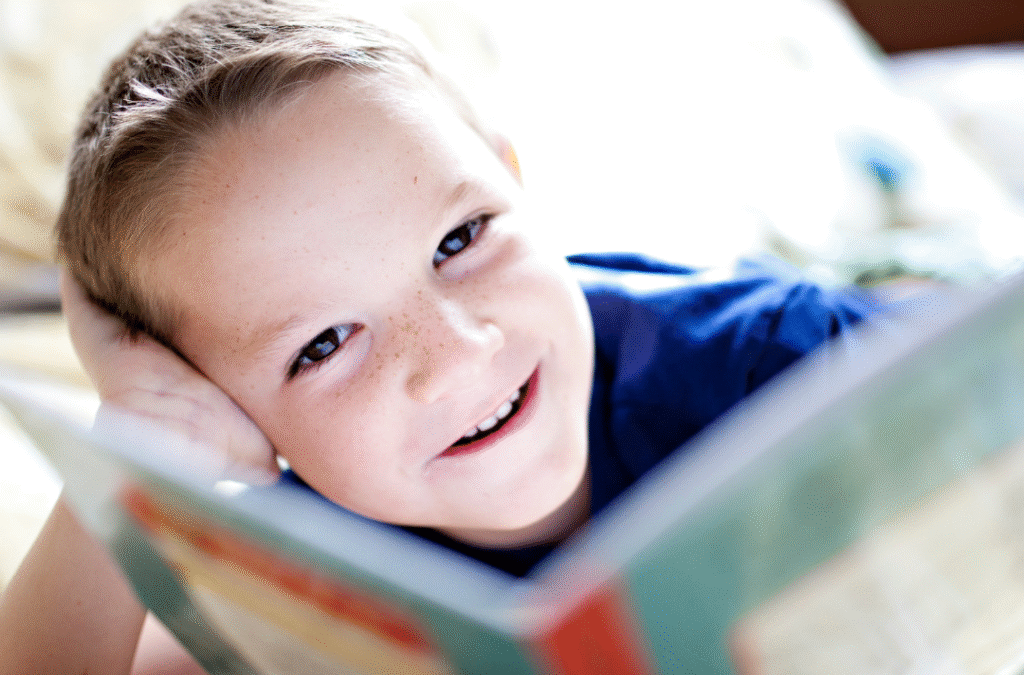

0 Comments